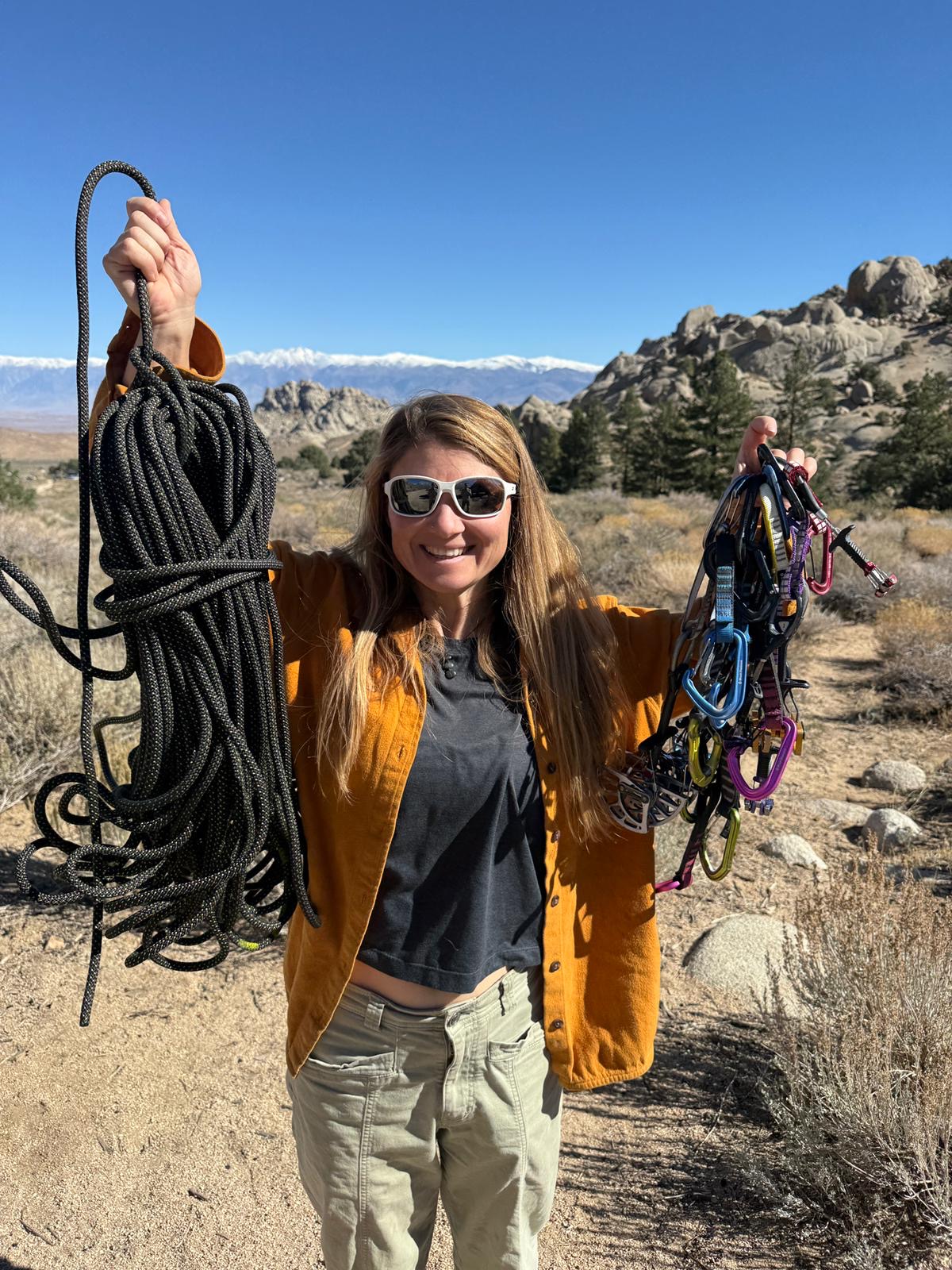Fight, flight, or freeze is activated by our sympathetic nervous system in response to a stressful situation. The stress caused by the fear of falling or failing can be detrimental when climbing. So, how do we recognise this response and overcome it?
This article provides a small insight into what is a very broad and well-researched topic. In the Strong Mind Course, we cover this topic in depth.
What is fight, flight, and freeze?
Fight, flight, and freeze are innate responses. When we experience stress the part of the brain responsible for emotional processing (the amygdala), sends a distress signal to the hypothalamus. This activates the sympathetic nervous system (SNS) which gives you the energy to fight or flight.
The partner of the SNS is the parasympathetic nervous system (PNS), which is often referred to as the ‘rest and digest’ system.
How to recognise the activated system
When our SNS is activated, neurotransmitters such as cortisol, adrenaline, and noradrenaline are released, ramping up our heart rate, causing our pupils to dilate, and making our breath shallow—all to prepare us for overcoming a perceived threat.
When the parasympathetic nervous system is in control, our breathing rate, heart rate, and blood pressure is reduced. It is a relaxed state that promotes recovery. We can access this system with intentional breathing, yoga, meditation, and mantras. It’s not the case that we want to be completely relaxed when we climb, however we don’t want to be too tense or panicked either.
How to switch systems
When you arrive at a climb with your sympathetic nervous system activated, you might be too tense to climb well.
So, how do you lower the activation of the SNS? You can do this by triggering the PNS and one of the most effective ways is through breath control.
There is a lot of evidence to show that deep breathing helps activate the parasympathetic system. There is also new evidence to show that sighing can also trigger the PNS and cause a relaxation response.
The late Dr. Herbert Benson, director emeritus of the Benson-Henry Institute for Mind Body Medicine at Massachusetts General Hospital supported this. He spent his career learning about how people can counteract the stress response with approaches that encourage the relaxation response, such as deep breathing, visualisations, yoga, and tai chi.
An intentional focus on breathing can ease stress and negative emotions – something that is key to our performance in climbing. Dr Anselm Doll, of the Technical University of Munich, found that breathing in this way activates the dorsomedial prefrontal cortex and reduces activity in the amygdala.
The mental toolkit
Being in a state of fight, flight, or freeze is going to have a big impact on your climbing; it might leave you lingering at the base, or even packing up and heading home. However, understanding the physical indicators of stress and having the right tools to call upon can help you navigate a challenge.
The innate stress response is helpful for situations where we need to fight or flee. However, when it comes to climbing we need balance, tension, and precision to perform at our very best – something that an activated SNS can hinder.
Learning strategies for managing fear and stress, such as breathing exercises, mantras, attentional focus, mindset shifts, and gratitude, could be the difference between a successful climb and not getting off the ground.










